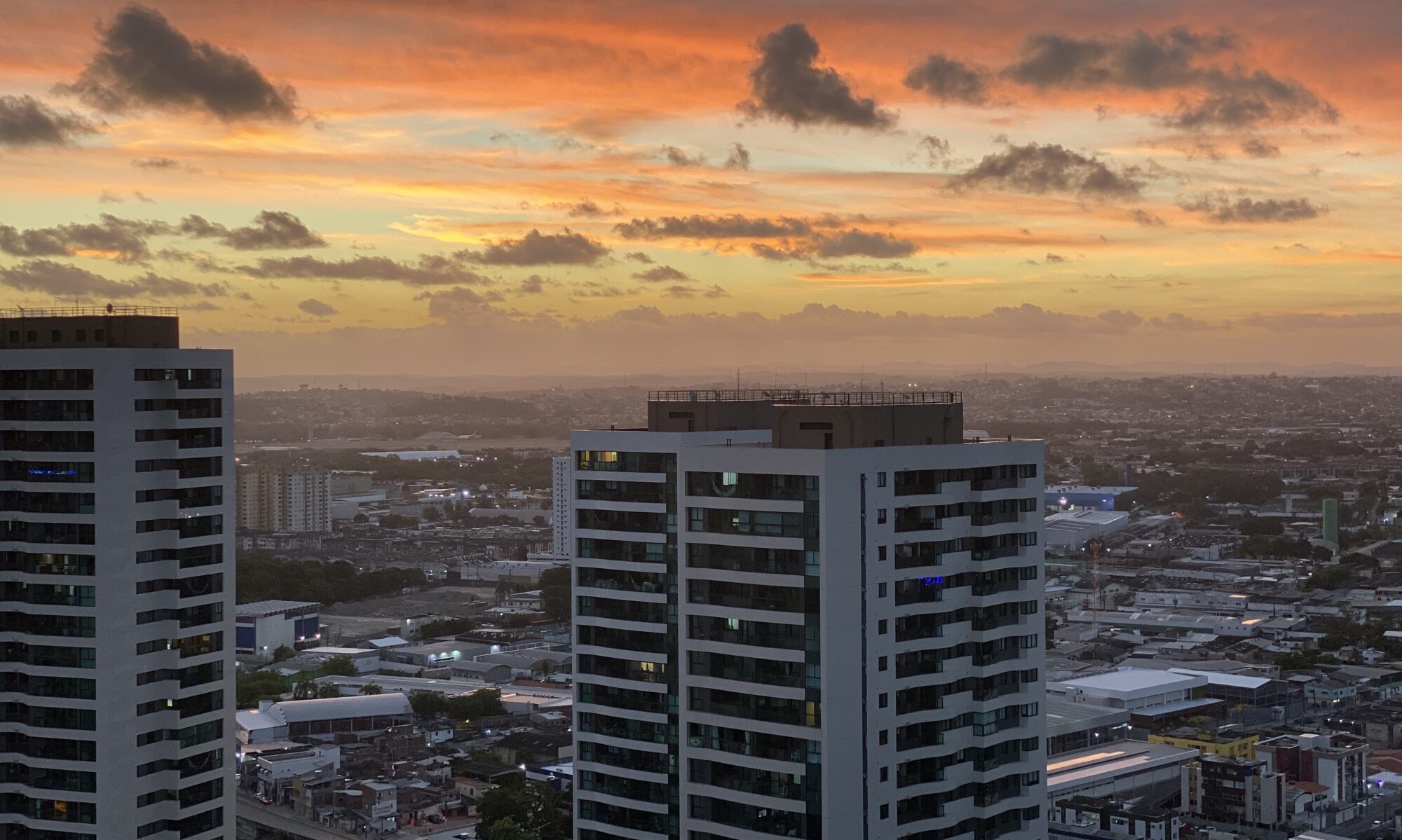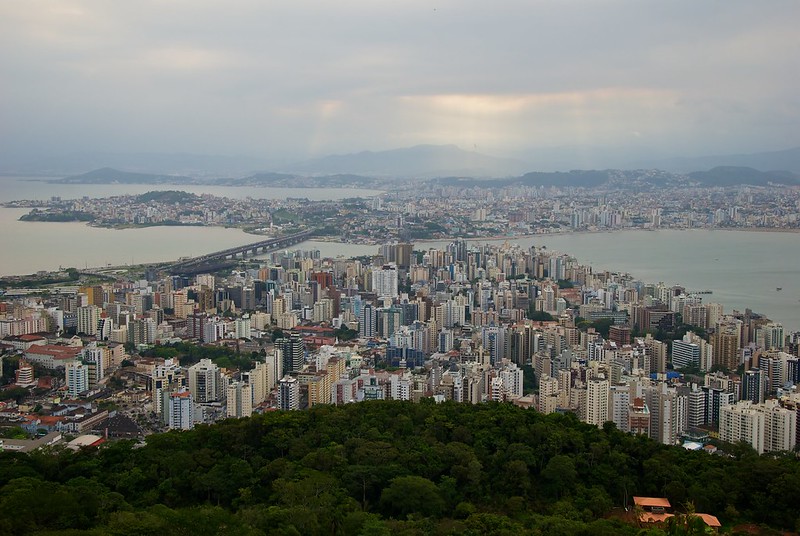Bathed by forty two beaches, Florianópolis is a wonderful sight for the visitor. Situated on the Island of Santa Catarina, the capital of the state of Santa Catarina has a landscape sprinkled with lakes, sand dunes and small islands all along the coast. The inviting waves on beaches such as Joaquina have encouraged successive national and international surfing championships to be held here. Beaches such as Canasvieiras and Jurerê with hotels and sophisticated restaurants, compete with the rustic charm of beaches such as Campeche, Ponta dos Naufragados and Solidão.
Along the coast, a series of fortresses built to withstand invasion by the Spanish and Dutch during the sixteenth and seventeenth centuries are a relic from the colonization of the state. Amongst them are the Fortress of Santa Cruz on the Island of Anhatomirim, the Fortress of São José da Ponta Grossa between the beaches of Daniela and Jurerê, registered as Historical Heritage, and Santo Antônio, on the Island of Ratones Grande. In Pântano do Sul, also on the coast, is the capital’s most authentic fishing village.
Originally colonized by the Portuguese of the Azores, Florianópolis retains many traces of its early years. The small village of Santo Antônio de Lisboa is an example of architecture of that period and in Ribeirão da Ilha, the oldest part of the capital, the inhabitants still speak the Azorean dialect which is difficult to understand at first. In Ribeirão da Ilha is the church of Our Lady of Lapa do Ribeirão, built in 1806. Lagoa da Conceição, with its many sand dunes, restaurants and seaside night life and where women make lace to sell in the street, has also managed to retain many traces of its colonial architecture.
The centre of Florianópolis, with its alleys, rows of typical houses, churches and museums, contains many examples of colonial architecture. Amongst these are the former government palace, nowadays the Cruz e Souza Museum (which took its name from the famous poet from Santa Catarina who formed the symbolist movement) and the Public Market built in 1898 which sells food and local handicrafts under the shade of a one hundred year old fig tree. Close to the centre is the house where Victor Meirelles was born, one of the authors who devised the first mass spoken in Brazil. The building is registered by the Institute of Historical and Artistic Heritage and houses the Victor Meirelles Museum.


